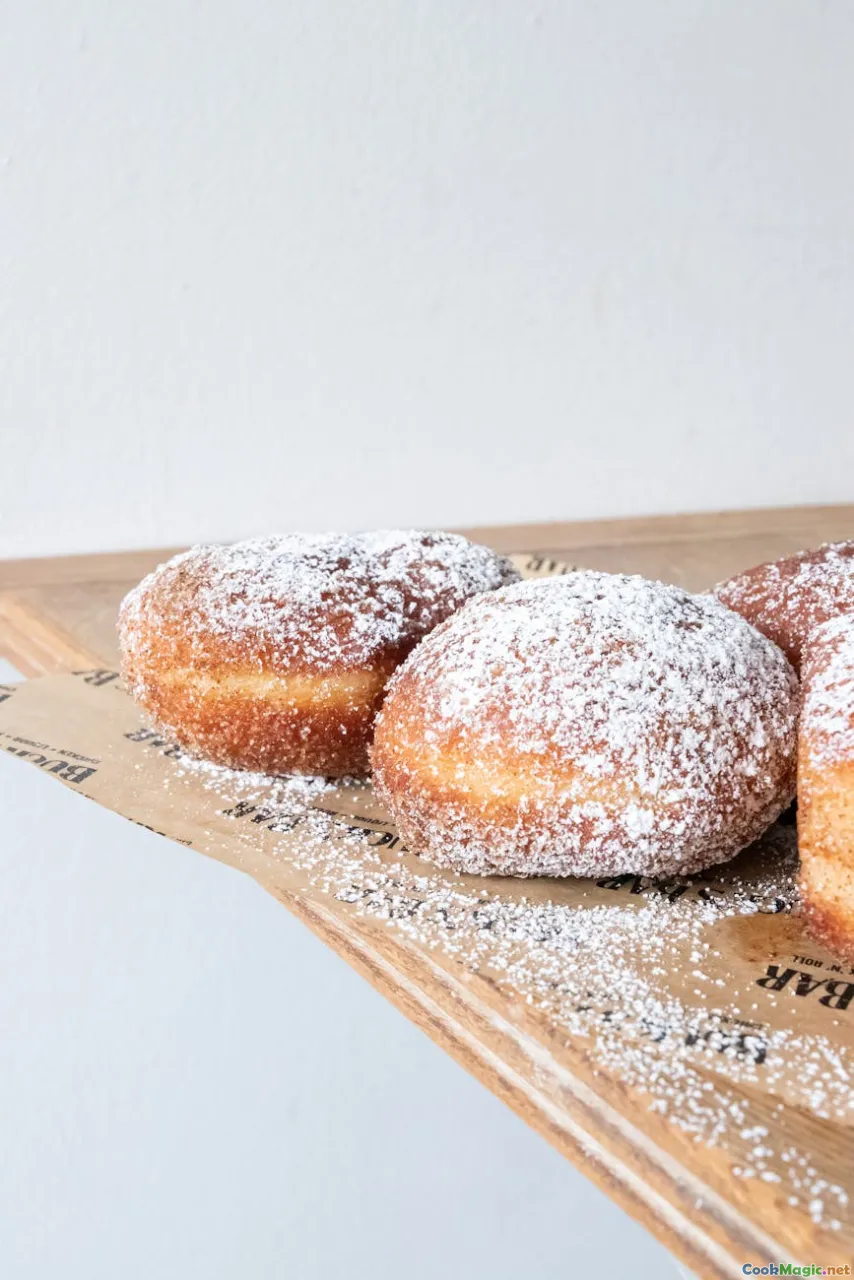Developing Belizean Desserts Casava Pone for Chefs
7 min read Discover the rich history, cultural significance, and culinary techniques behind crafting authentic Belizean Casava Pone for professional chefs. April 21, 2025 10:55
Developing Belizean Desserts: Casava Pone for Chefs
Introduction: A Sweet Journey into Belizean Heritage
Imagine walking through the vibrant streets of Belize, where the air is thick with the aroma of tropical fruits, spices, and the comforting scent of baked goods. Amidst this sensory tapestry, one dessert stands out—Casava Pone. This traditional Belizean treat isn’t just a dessert; it’s a cultural emblem, a symbol of community, history, and the island’s rich culinary tapestry. For chefs worldwide, mastering Casava Pone offers an authentic taste of Belize’s soul and an opportunity to elevate their dessert menus with a unique, rustic elegance.
The Cultural and Historical Significance of Casava Pone
A Heritage Rooted in Sustainability and Tradition
Belize’s culinary landscape is deeply intertwined with its indigenous and colonial histories. Cassava, known locally as yuca, has been a staple crop for centuries, cultivated by the Maya and later embraced by diverse communities. Its versatility made it a central ingredient in many traditional dishes, including the beloved Pone.
From Ancient Maya to Modern Belize
Historically, the Maya civilizations utilized cassava in various forms—fermented, baked, and as part of ceremonial offerings. Over time, European influences melded with indigenous practices, giving rise to decadent desserts like Casava Pone. This dish embodies the resilience and adaptability of Belize’s people, transforming humble root vegetables into a luxurious, comforting pudding.
The Art of Developing Casava Pone: A Chef’s Perspective
Understanding the Core Ingredients
Creating an authentic Casava Pone begins with selecting quality ingredients:
- Cassava (Yuca): Fresh or frozen grated cassava, free from fibrous impurities.
- Sweeteners: Traditionally, brown sugar or panela, adding depth and caramel notes.
- Coconut: Fresh grated or desiccated, providing richness and a tropical aroma.
- Butter or Margarine: For moisture and a tender crumb.
- Spices: Cinnamon, nutmeg, and sometimes vanilla to enhance flavor.
- Eggs: Bind the mixture and add structure.
Crafting the Perfect Texture
The magic of Casava Pone lies in its moist, dense yet tender crumb. Achieving this requires careful balance:
- Grating the Cassava: Hand-grated for texture, or using a food processor for consistency.
- Pre-cooking or Raw: Some chefs prefer pre-cooking the grated cassava to reduce moisture, while others use it raw for a more authentic texture.
- Incorporating Coconut and Spices: Folded gently to maintain airiness.
- Baking Technique: Slow, even baking at 350°F (175°C) for about an hour ensures a golden crust and moist interior.
Enhancing the Flavor Profile
To develop a nuanced flavor, consider adding local ingredients such as:
- Rum: A splash for depth.
- Lime Zest: For brightness.
- Local Honey: For sweetness and floral aroma.
Step-by-Step Development for Professional Chefs
1. Ingredient Preparation
- Grate fresh cassava finely, ensuring no fibrous bits.
- Measure all ingredients meticulously for consistency.
- Pre-toast the coconut slightly to intensify flavor.
2. Mixing and Assembly
- Combine grated cassava with sugar, spices, and coconut.
- Mix eggs and melted butter separately, then fold into the dry ingredients.
- Pour into a well-greased baking dish.
3. Baking and Monitoring
- Bake in a preheated oven, monitoring for even coloration.
- Use a toothpick test to check doneness—should come out moist but not wet.
- Rest the Pone for at least 15 minutes before slicing.
4. Presentation and Serving
- Serve slices warm or at room temperature.
- Garnish with toasted coconut, a drizzle of honey, or a dusting of cinnamon.
- Pair with tropical fruits or a scoop of coconut ice cream for a modern twist.
Personal Insights and Creative Variations
Reinventing Tradition
While the classic Casava Pone is stunning on its own, chefs can explore creative variations:
- Chocolate Swirl: Incorporate melted dark chocolate into the batter.
- Lemon or Lime Zest: Adds a citrusy zing.
- Gluten-Free Adaptations: Use almond flour in place of some of the cassava for added richness.
- Vegan Version: Replace eggs with flaxseed or aquafaba, and butter with coconut oil.
The Chef’s Touch
In my experience, the key to truly elevating Casava Pone is in the balance—between sweetness and spice, moistness and firmness, tradition and innovation. Using locally sourced ingredients not only supports Belizean farmers but also imbues the dish with authentic terroir.
Final Thoughts: A Culinary Bridge
Developing Casava Pone for modern palates while respecting its roots offers chefs a unique opportunity to connect diners to Belize’s vibrant culture. This dessert isn’t merely a sweet ending; it’s a story of resilience, community, and tropical richness.
Whether served at upscale restaurants or crafted in small Bajan kitchens, Casava Pone’s heartwarming simplicity and complex flavors make it a timeless addition to any culinary repertoire. Embrace the challenge, experiment boldly, and let this Belizean treasure tell its story through your culinary artistry.









